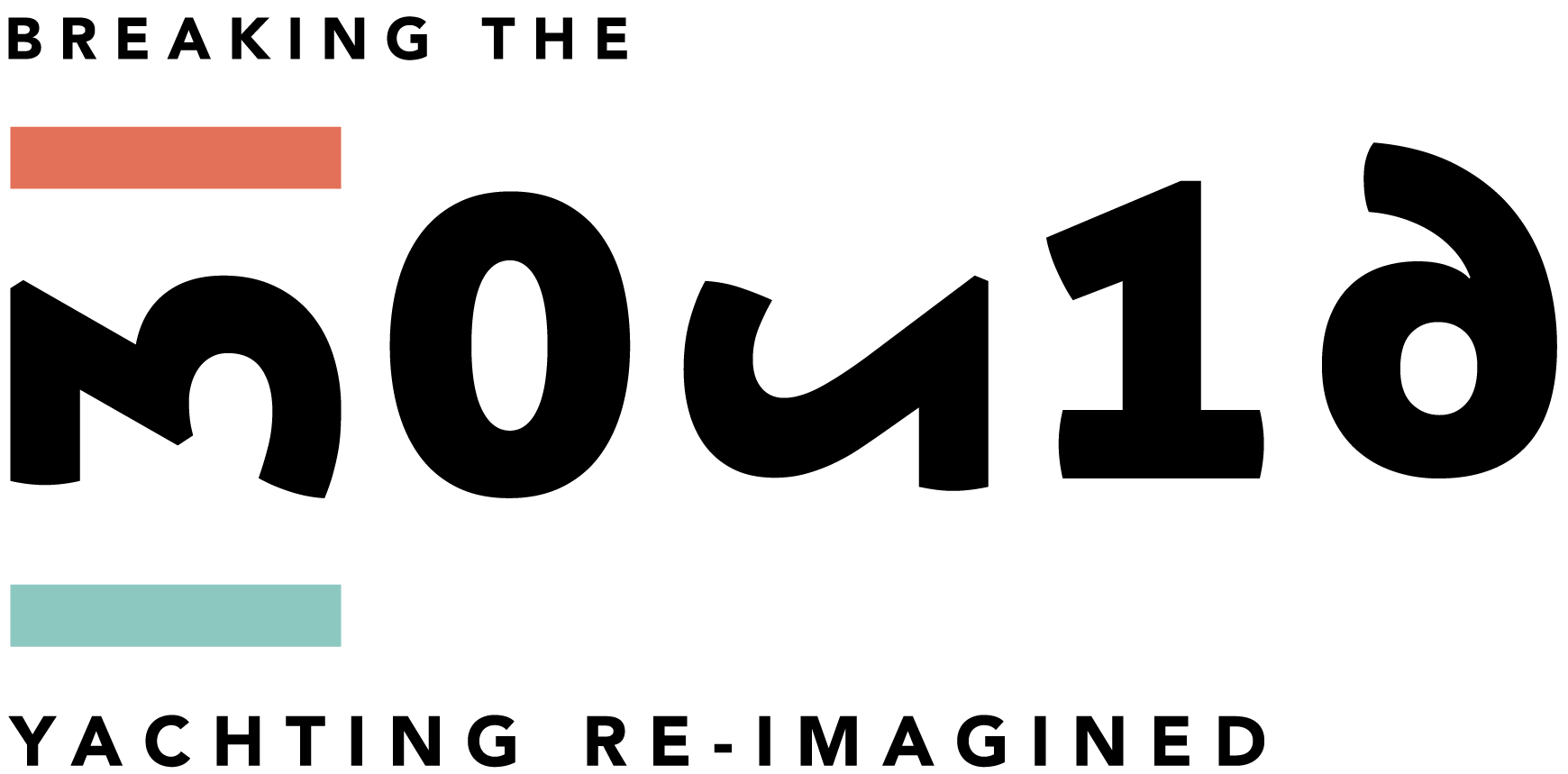VAT and Selling Digital Products Globally
If you’re a UK-based business owner selling digital products—like online courses, downloadable guides, or software—to people around the world, you might be wondering: Do I need to charge VAT?
The answer is yes—in many cases, you do. And it’s not just about UK VAT. Countries across the globe have their own VAT or sales tax rules for digital products.
In this blog, we’ll explain what you need to know about VAT when selling digital products globally.
What Counts as a “Digital Product”?
A digital product is something your customer buys and receives electronically, without any physical delivery. It usually includes:
-
eBooks and PDF guides
-
Online courses or webinars (especially pre-recorded ones)
-
SaaS (Software as a Service) platforms
-
Downloadable templates or design files
-
Paid memberships with digital content
-
Mobile apps or software
If your product is available online and doesn’t need a human to deliver it in real-time, it likely counts as a digital service for VAT purposes.
Selling in the UK
If you're selling to customers in the UK, VAT works the same way as with most other goods and services:
-
If your business earns more than £90,000 per year, you must register for VAT with HMRC.
-
You charge 20% VAT on most digital sales.
-
You collect that VAT from your customers and send it to HMRC.
This applies whether you’re selling to individuals (B2C) or to UK businesses (B2B).
Selling to Customers in the EU
Since Brexit, UK businesses are no longer part of the EU VAT area, but digital sellers must still comply with EU VAT regulations when selling to non-business (B2C) customers in EU countries.
Two main obligations arise:
1. VAT Registration in the EU
Digital sellers must charge VAT based on the consumer’s location. You have two options:
-
Register under the EU One-Stop Shop (OSS): This simplifies VAT reporting by allowing you to submit one return covering all EU sales.
-
Register in each EU member state individually (less efficient and more costly).
-
Note: EU-wide threshold for cross-border B2C digital sales is €10,000. Beyond this, VAT must be charged in the customer’s country and reported via OSS or local VAT registration.
2. Reverse Charge for B2B
If selling to EU businesses with valid VAT numbers, you can generally zero-rate the sale under the reverse charge mechanism. You must:
-
Verify and record the customer’s VAT ID via the EU VIES portal
-
Retain proof of B2B status for audit purposes
Selling Outside the EU and UK
Many other countries also want foreign sellers to register and charge VAT or sales tax on digital products.
Here are a few examples:
| Country | VAT/Sales Tax Rate | Notes |
|---|---|---|
| Australia | 10% | Register if sales exceed AUD $75,000/year |
| New Zealand | 15% | No minimum threshold—register from first sale |
| Norway | 25% | VAT registration needed for B2C digital sales |
| Japan | 10% | Applies to foreign digital service providers |
| USA | Varies by state | No federal VAT, but some states tax digital goods |
Some countries have no threshold at all—you must register as soon as you sell a single product to a customer there.
How We Can Help
At Breaking the Mould Accounting Limited, we help creators, coaches, and SaaS businesses manage global VAT the right way.
Whether you’re just starting out or growing fast, we can:
-
Help you register for VAT (UK, EU OSS, or abroad)
-
Set up automation for VAT tracking and collection
-
Handle your VAT returns
-
Give you peace of mind



%20(29).jpg)
.jpg)
%20(5).jpg)